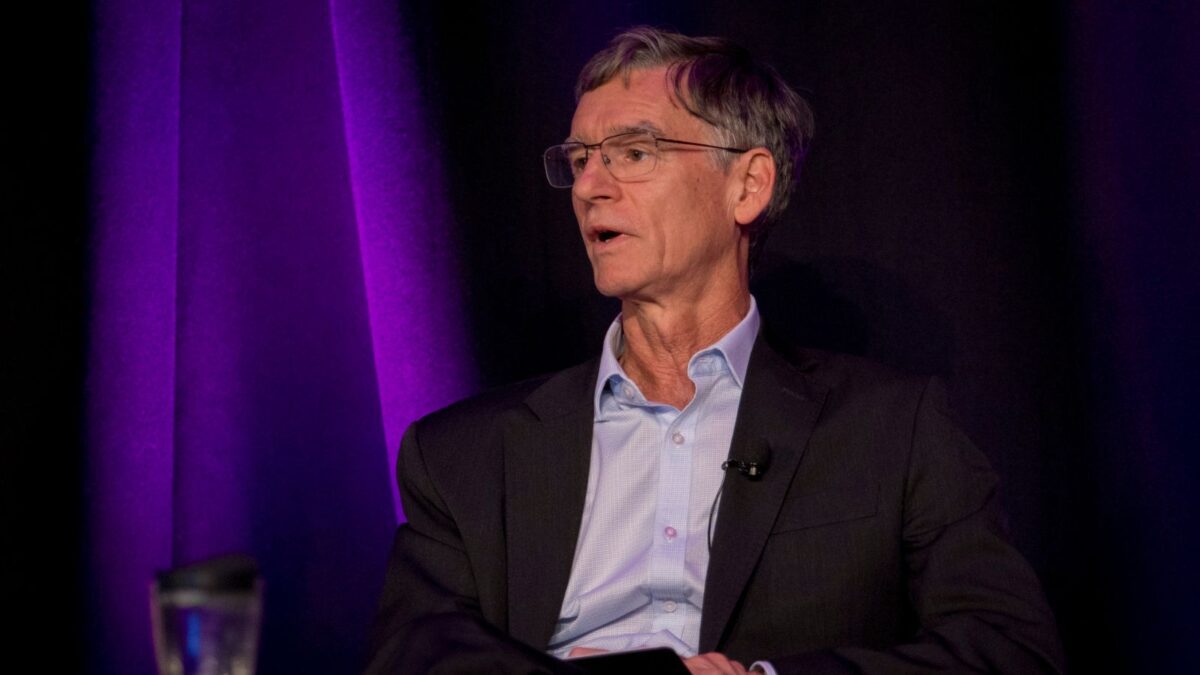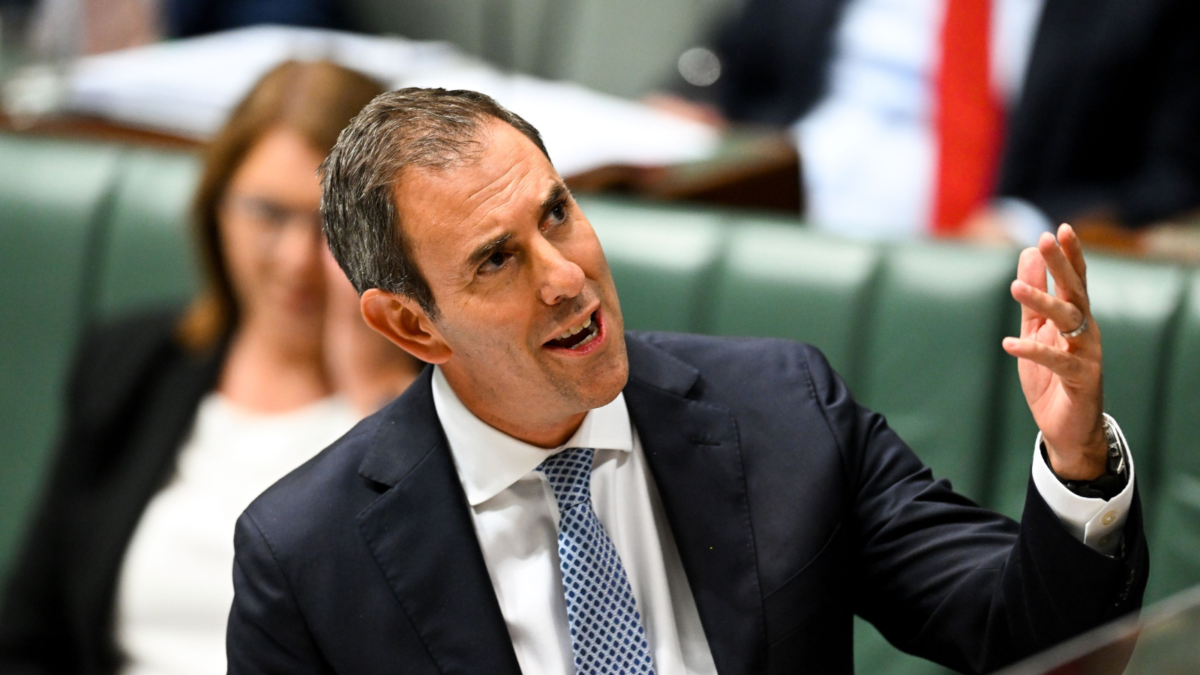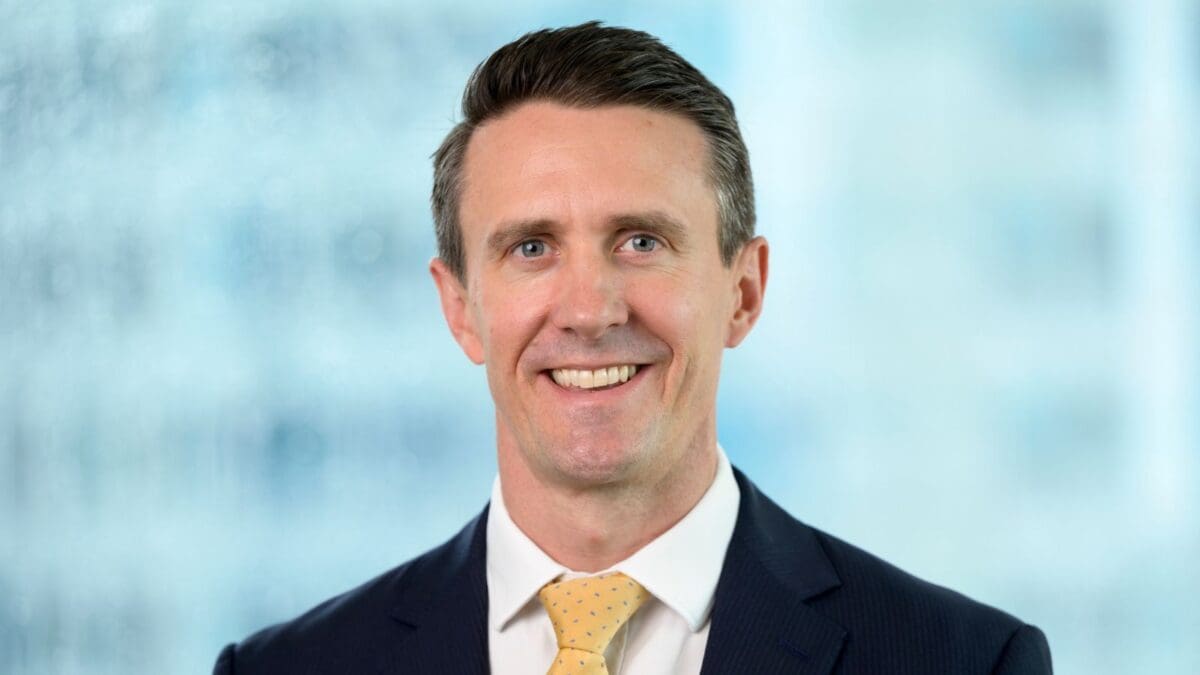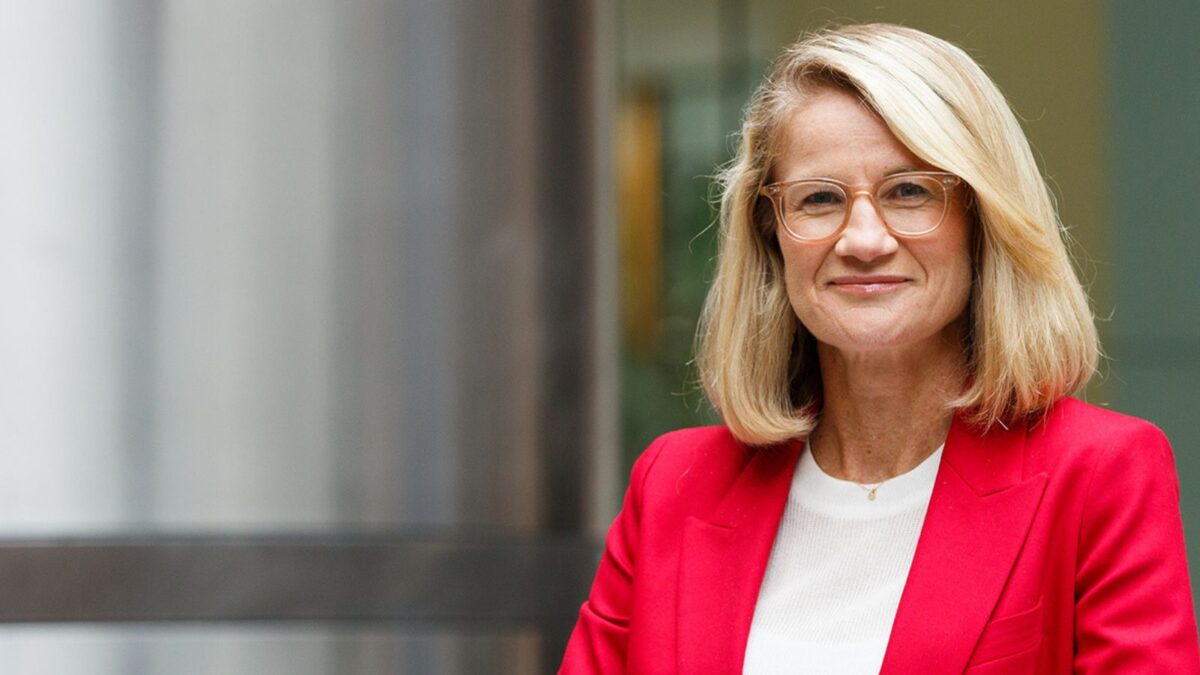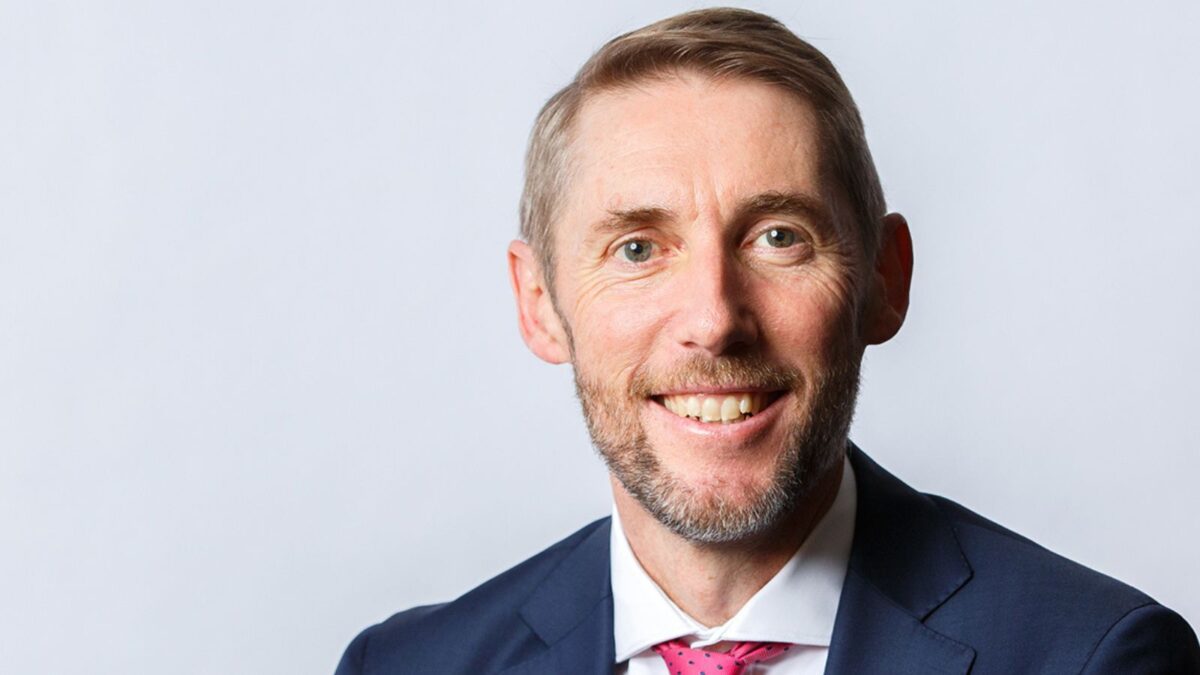Behind Aussie Super’s move to translate SDGs into investor practice
One of the problems institutional investors and managers have faced in acting on the United Nations Sustainable Development Goals (SDGs), launched in 2015, is that they are not all easily investable. Investors have had to feel their way around the 17 overarching goals and 170 targets to put their ESG philosophies and processes into a broader, world-wide and partly political perspective. That’s why four big pension funds, including AustralianSuper, launched the ‘SDI AOP’ in July this year.
The Sustainable Development Investments Asset Owners Platform (SDI AOP), held a webinar for asset owners and fund managers earlier in September and followed this up with a brief interview with AustralianSuper’s Andrew Gray, posted on September 16. Gray is senior manager of investment governance at the fund, which he joined in 2011. He was previously head of ESG research at Goldman Sachs JB Were.
He said that the move, which started about 10 years ago, for the fund to develop a significant inhouse investing capability (now about one-third of the assets) came with a corresponding increase in the fund’s ownership responsibilities and ability to influence ESG outcomes. “The ‘ESG and Stewardship’ team, of which I’m a part, works closely with the asset class teams to integrate ESG considerations across the investment process, including due diligence prior to ownership and stewardship once we own an asset. We also collaborate on a number of investor initiatives to influence the management of ESG issues, such as ‘Climate Action 100+’,” he said.
AustralianSuper joined up to SDI AOP because it was the first organisation of its kind and asset owners were leading its development, Gray said. “It is purpose-built to address our unique needs,” he said. “By using standard and artificial intelligence-driven data, the platform will help investors across the world identify and assess companies on their contribution to the SDGs. Up until now, there hasn’t been a uniform way to efficiently collate and measure the contributions investor portfolios, and their underlying companies, make to the SDGs. This platform sets a global standard on SDG contributions for all investors and brings consistency and comparability to company-level data for over 8,000 companies.”
So far, the new group consists of the two big Dutch funds, APG and PGGM, and the Canadian BCI (British Columbia Investment Management), which manages about US$170 billion for the region’s public sector, and Aussie Super. It is supported by a distribution partner, Qontigo, which is itself a joint venture between research firm Axioma and the Deutsche Borse’s index arms, STOXX and DAX, and an ‘artificial intelligence partner’, Entis.
The APG and PGGM started work on the initiative in 2016 before seeking to widen its base and formalise the organisation this year. Like most northern European pension and sovereign funds, they have had a long history in ESG. The APG manages about US$576 billion and the PGGM about US$290 billion. The BCI has just over US$170 billion and Aussie Super A$180 billion ($US126.5 billion), making group assets of about US$1.16 trillion.
In the interview, organised by Qontigo, Gray said: “As long-term investors of capital, we must understand the sustainability of the companies we are investing in based on a consistent set of ESG metrics. The SDGs highlight 17 of the world’s most urgent sustainability challenges and include almost 170 targets on issues such as climate change, water scarcity, healthcare access and social inequality.
“For AustralianSuper, the SDI AOP will progress how we assess and engage with investee companies on their SDG contribution, measurement and reporting. Integrating these insights into our stewardship program will enable us to have deeper conversations with companies on ESG issues, which ultimately can lead to better transparency and outcomes for companies, investors and members. On a broader level, the platform provides a way for us to understand the SDG impact of the portfolio, which aligns to our aim of investing for long-term economically sustainable outcomes that create long-term value for members.”
Gray said that the impact of COVID-19 had reminded him and his colleagues of the interdependency between positive ESG outcomes and economic sustainability. “The investment ecosystem envelops ESG issues such as climate change, labour rights, health, diversity, which are important drivers of investment value and sustainable economic development,” he said. “As large asset owners, we have a key role to play in supporting a sustainable economic recovery by driving better ESG outcomes which contribute to long-term value creation. The goals of the SDGs are more relevant than ever in addressing the systemic nature of ESG issues to enable better long-term financial returns.”
– G.B.


